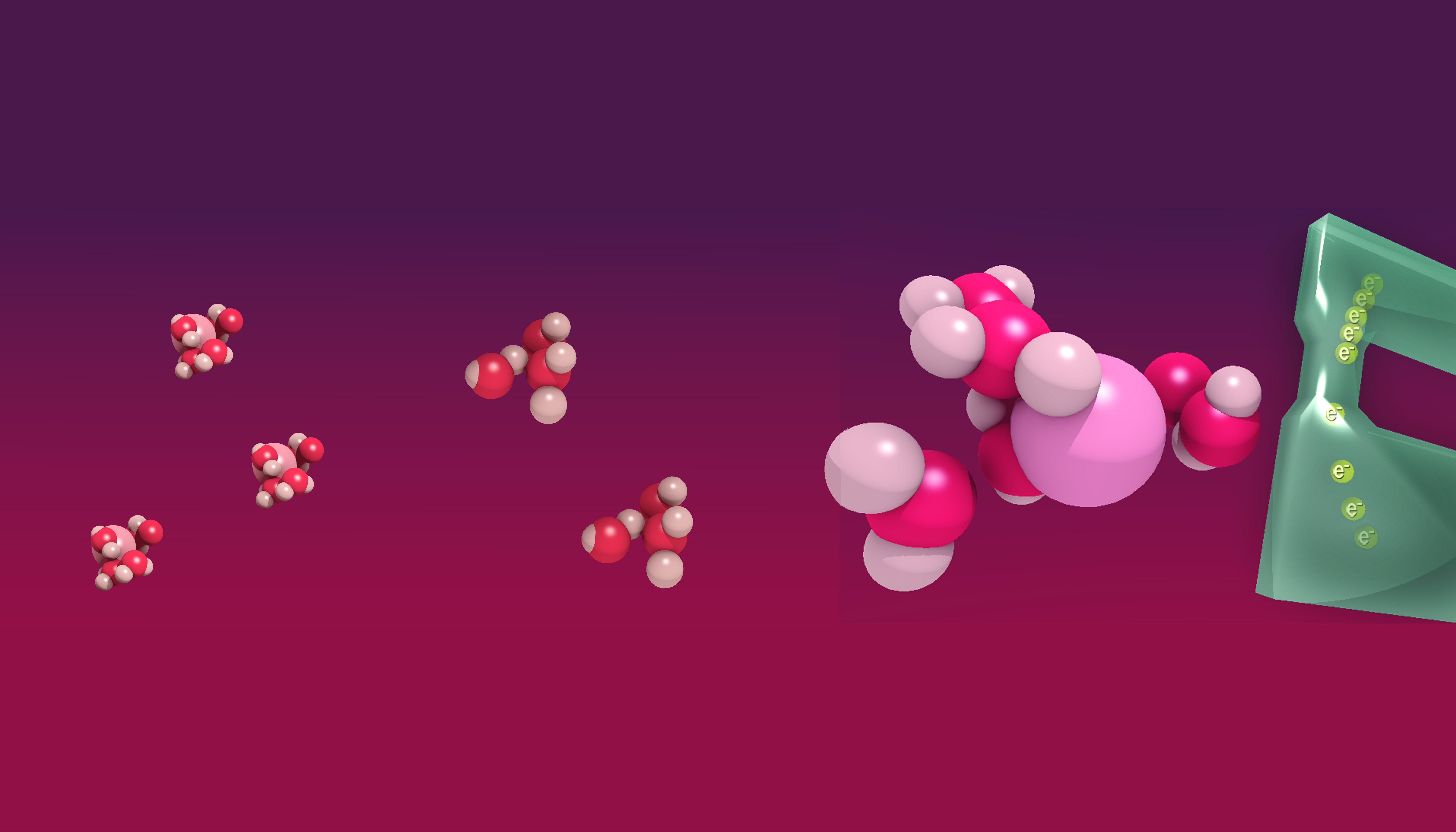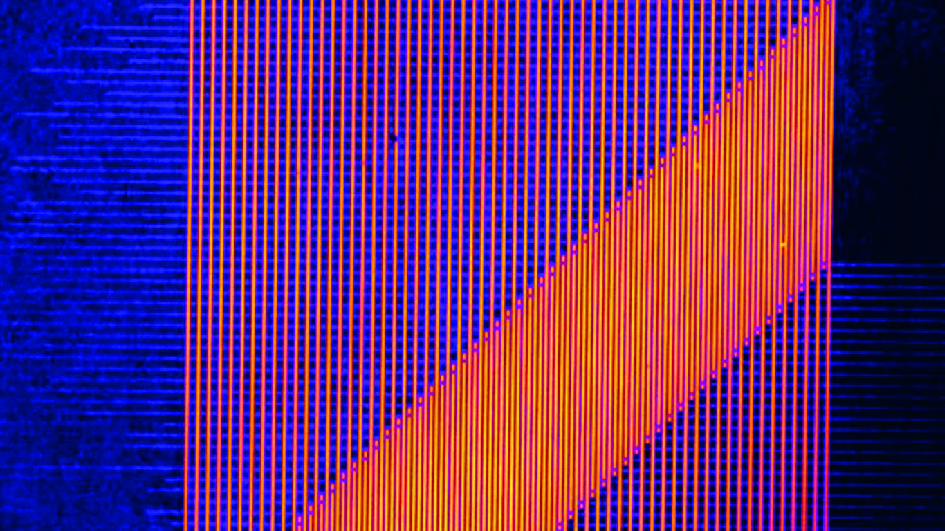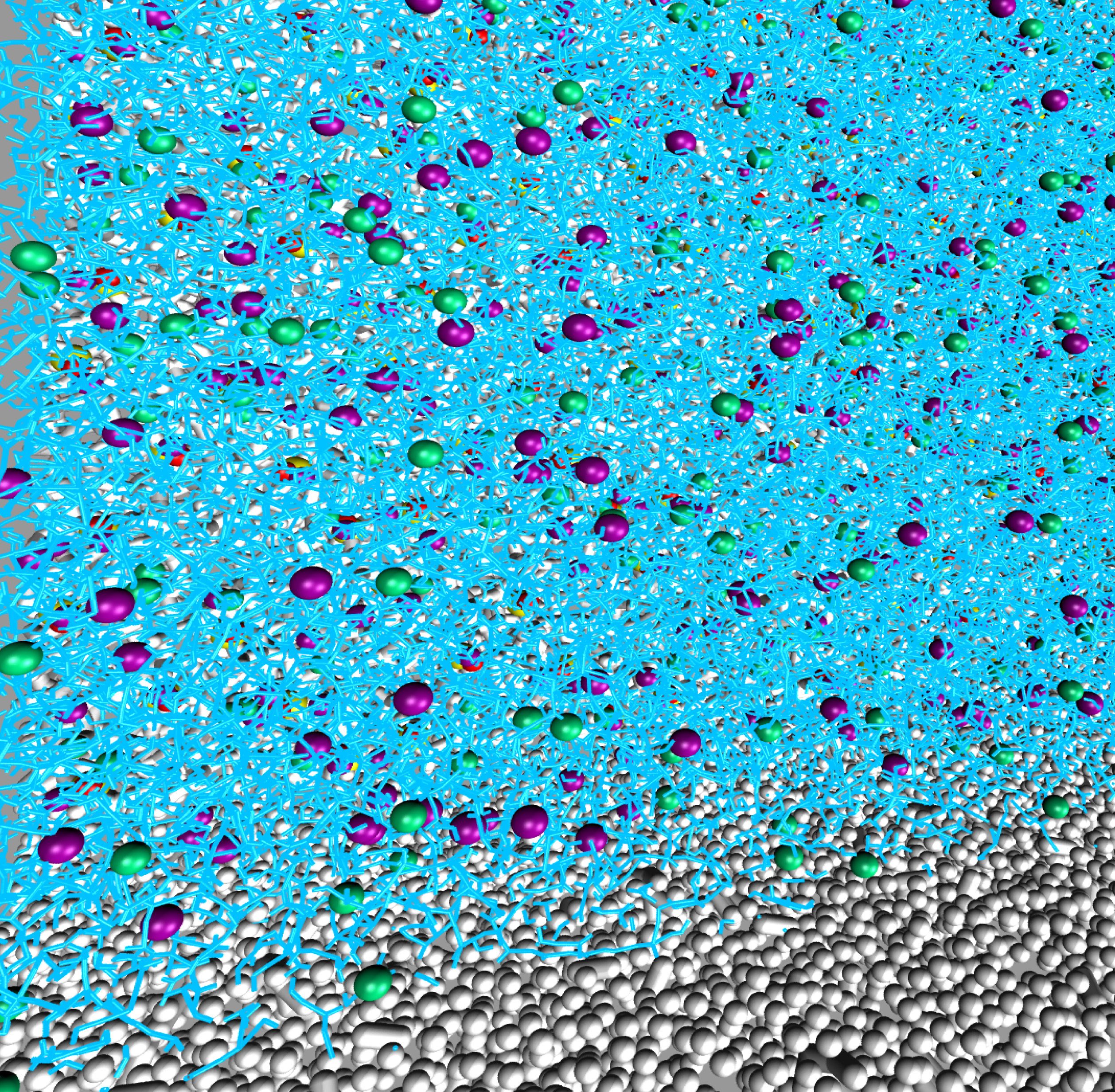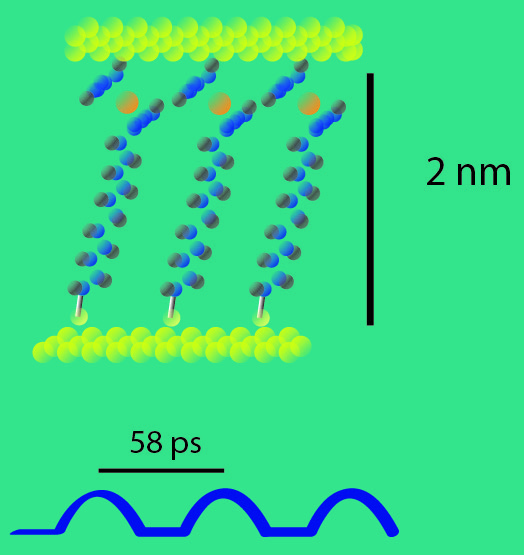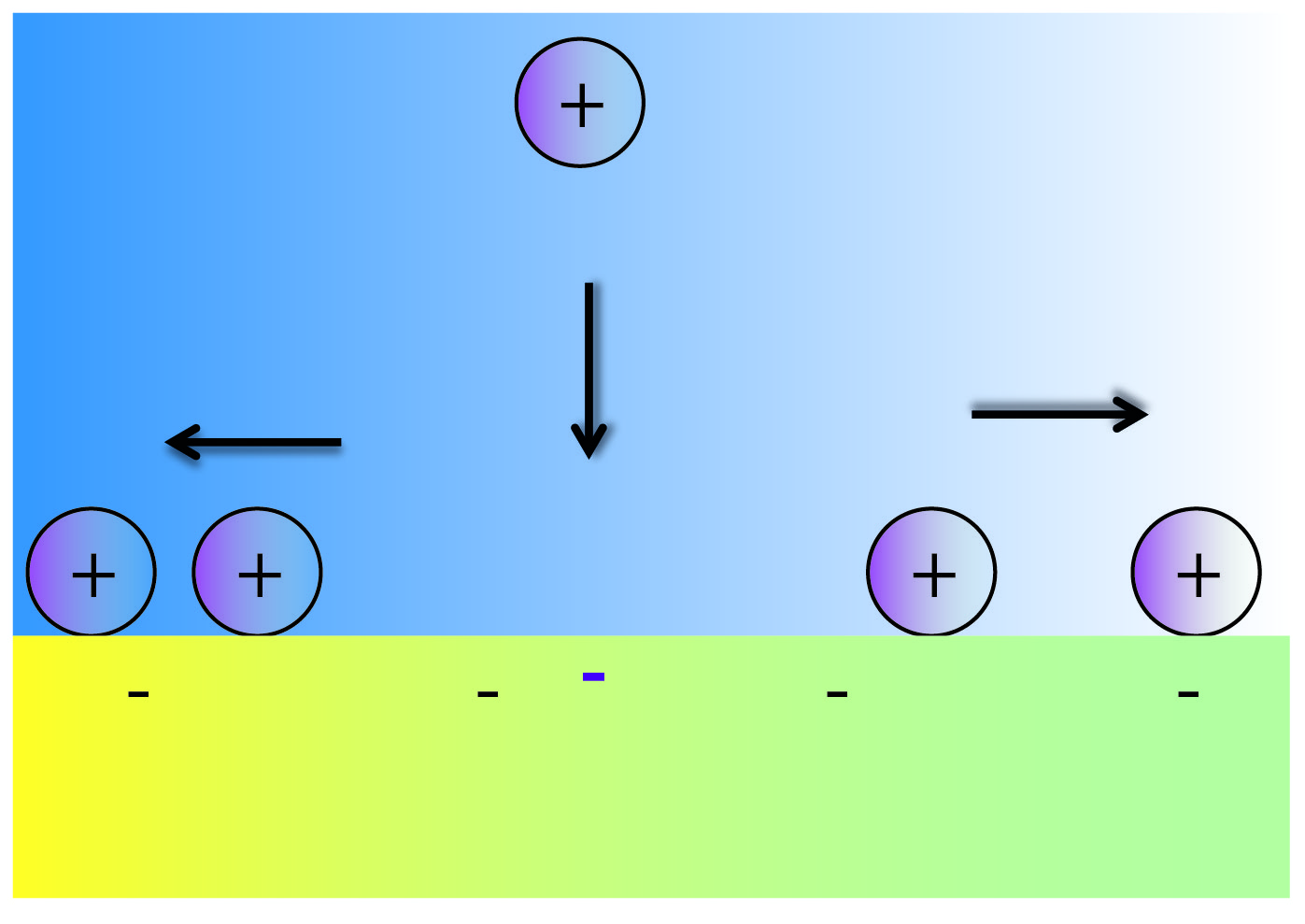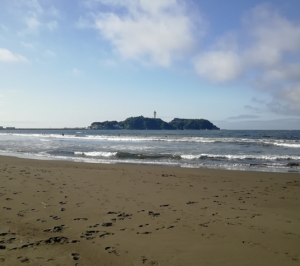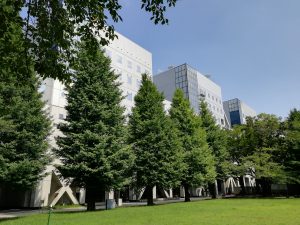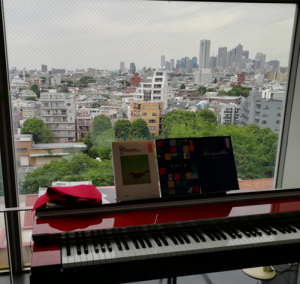Research topics
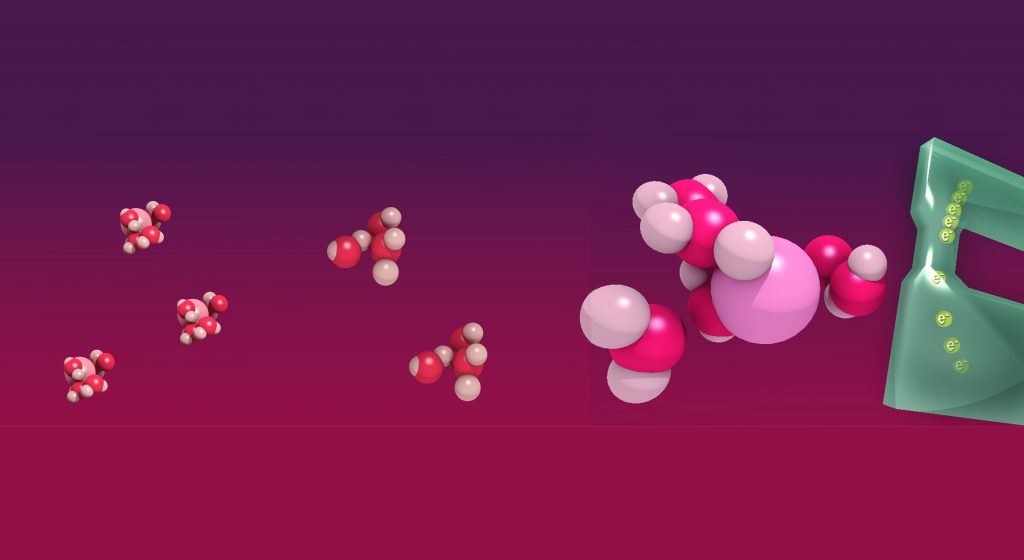
Ion-specific effects and Ultimate CMOS
Ion-specific effects of electrolytes are ubiquitous in chemistry and biology but pose major challenge to researchers. We try to understand and exploit...
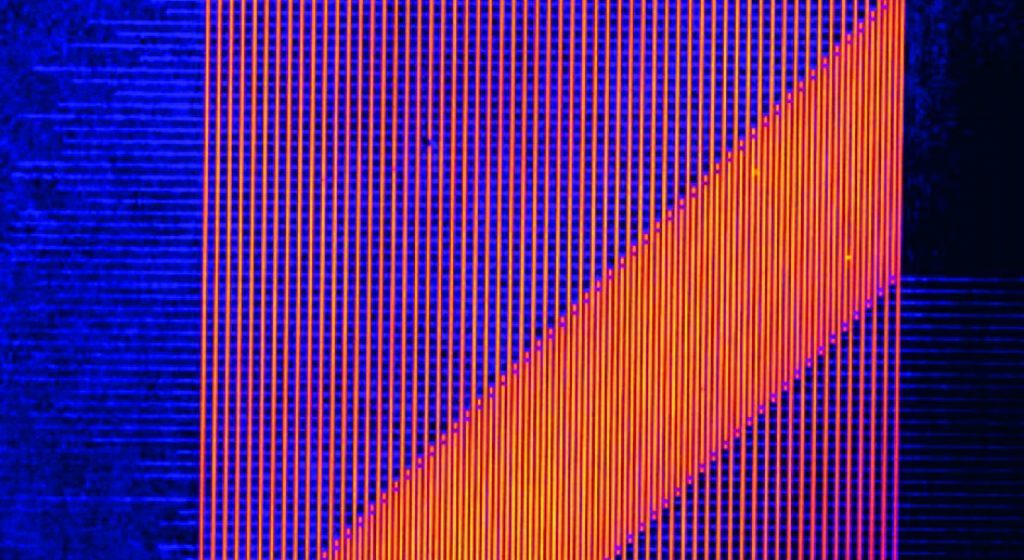
Micro-, Nano- Fluidics
Well-controlled microfluidic systems are keys for the development of liquid or gaz sensors. We develop technological tools to...
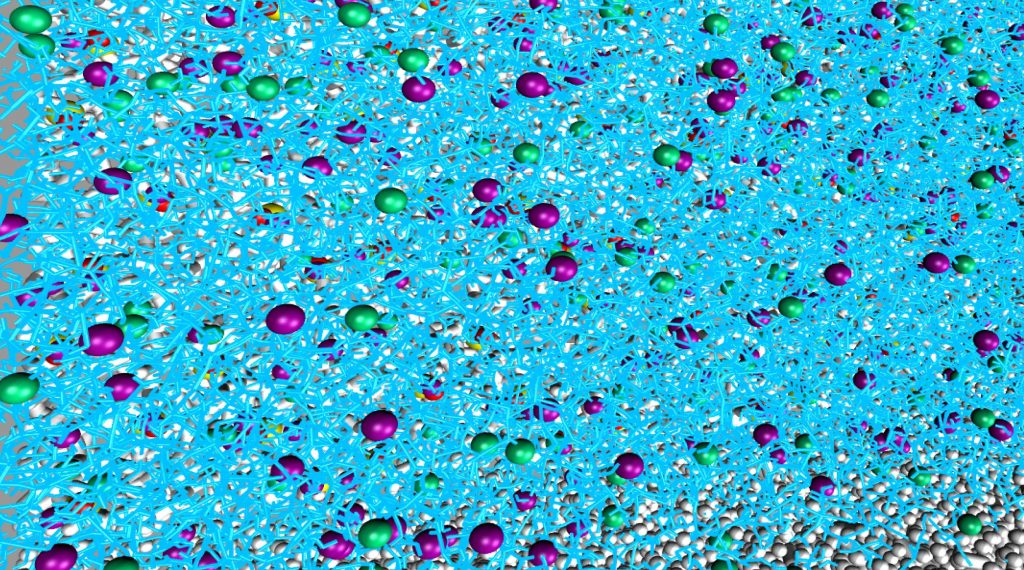
Quantum transport and chemistry
At atomic or molecular scale, quantum effects are observable at room temperature. We try to provide quantitative analyses...
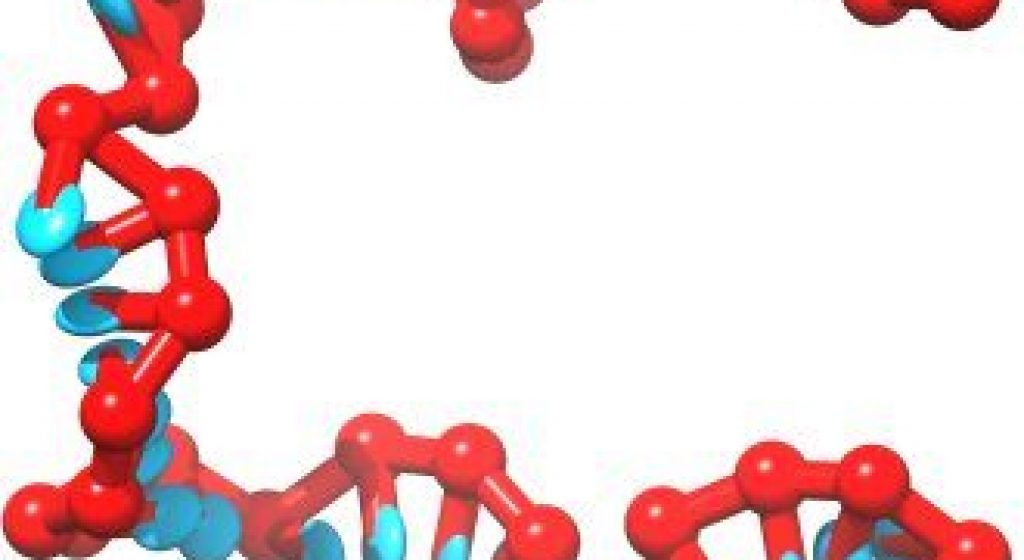
(Bio-) Molecular Electronics & Nanoarray
We have developped a gold nanoarray plaform and charge transport codes for (Bio-) Molecular electronics and chemistry...

Energy-efficient devices & sensors
Boltzmann limit governs the power consumption in electric devices, batteries. In that context, an active research topic is to find ways of beating this limit ...
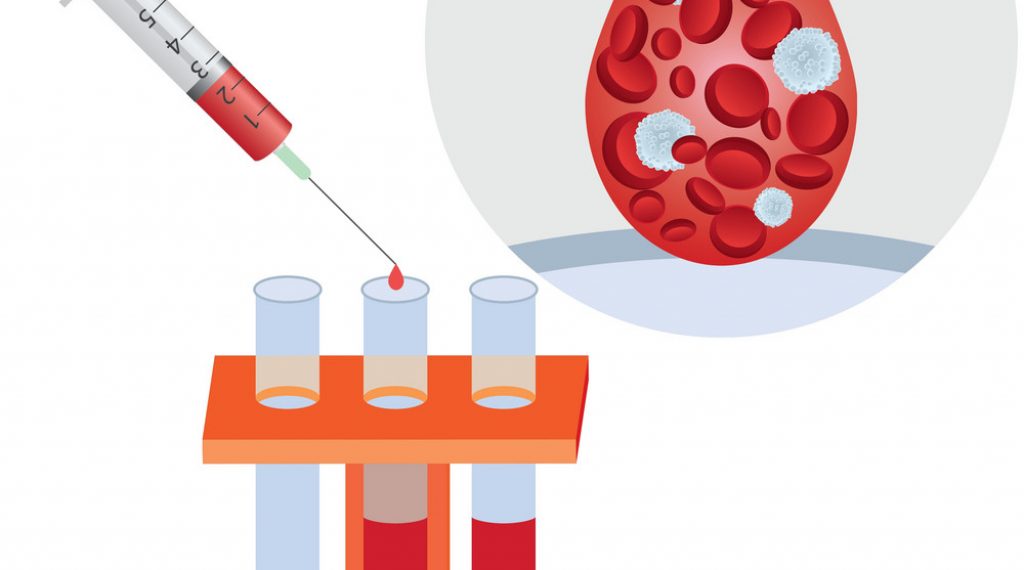
Application-oriented research
Target applications are deep sea measurements (rare earth metals), blood sensors, and high-frequency molecular-based systems...
Selected publications
1- R. Sivakumarasamy, R. Hartkamp, B. Siboulet, J.-F. Dufreche, K. Nishiguchi, A. Fujiwara and N. Clément, Selective layer-free Blood Ionogram based on Ion-Specific Interactions with a Nanotransistor Nature Materials 17, 464 (2018)
2- J. Trasobares, J. Rech, T. Jonckheere, T. Martin, O. Aleveque, E. Levillain, V.
Diez-Cabanes, Y. Olivier, J. Cornil, J.P. Nys, R. Sivakumarasamy, K. Smaali, P. Leclere, A. Fujiwara, D. Théron, D. Vuillaume & N. Clément, Estimation of pi-pi electronics couplings from current measurements, Nanoletters, 17, 3215 (2017)
3- J. Trasobares, D. Vuillaume, D. Theron, and N. Clement, A 17 GHz Molecular Rectifier, Nature Communications, 7, 12850 (2016)
4- N. Clement and A.Fujiwara, Molecular Diode: Breaking the Landauer limit, Nature Nanotechnology (News & Views), 12, 725 (2017)
5- S. Punniyakoti, R. Sivakumarasamy, F. Vaurette, P. Joseph, K. Nishiguchi, A. Fujiwara and N. Clément, Hydrogen Silsesquioxane-based Nanofluidics, Advanced Materials and Interfaces 4, 1601155 (2017)
6- K. Chennit, J. Trasobares, A. Anne, E. Cambril, A. Chauvin, N. Clement and C. Demaille Electrochemical imaging of dense molecular Nanoarrays, Analitical Chemistry 89, 11061 (2017)
7- N. Clement, K. Nishiguchi, J.-F. Dufrêche, D. Guérin, A. Fujiwara and D. Vuillaume, Water Electrolysis and Energy Harvesting with Zero-Dimensional Ion-Sensitive Field-Effect Transistors Nanoletters 13, 3903 (2013)
8- N. Clement, G. Patriarche, K. Smaali, F. Vaurette, K. Nishiguchi, D. Troadec, A. Fujiwara and D. Vuillaume, Large-array of sub-10 nm single-grain Au nanodots for use in
Nanotechnology, Small 7, 2607 (2011), Cover article
9- N. Clement, K. Nishiguchi, J.-F. Dufreche, D. Guerin, A. Fujiwara and D. Vuillaume, A silicon nanowire ion-sensitive field-effect transistor with elementary charge sensitivity, Applied Physics Letters 98, 014104 (2011)
10- N. Clement, K. Nishiguchi, A. Fujiwara and D. Vuillaume, One-by-one trap activation in silicon nanowire transistors, Nature Communications 1:92 (2010)
Collaborators
Theoretical physics / chemistry
CPT (Marseille): J. Rech, T. Martin, T. Jonckeere
TU Delft (Netherlands): R. Hartkamp
CEA Marcoules (France): J.F. Dufreche, B. Siboulet
Mons Univ. (Belgium): J. Cornil
Moltech Anjoux (France): O. Aleveque, E. Levillain
Applied physics / (Bio) chemistry / Technology
IEMN (CNRS, France): D. Vuillaume, D. Théron
NTT BRL (Japan): A. Fujiwara, K. Nishiguchi, T. Yamaguchi, H. Tanaka
PARIS DIDEROT (France): C. Demaille, A. Anne, A, Chauvin, C. Chennit
IIS-LIMMS, Univ.Tokyo (T. Fujii, A. Genot, A. Baccouche, N. Lobatto)
LAAS (CNRS, France): G. Larrieu
Forchzentrum JULICH (Germany): S. Vitusevitch, A. Offenhauser
(Former) Students / Postdocs
C. Gerbelot, J. Trasobares, F. Wang, R. Sivakumarasamy, S. Punniyakoti, K. Smaali, S. Pleutin
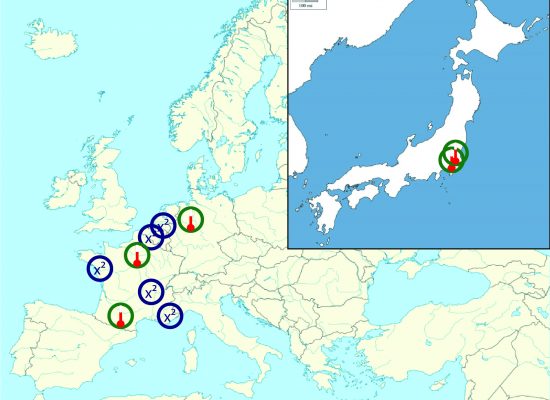
Who we are
Our work focuses on the development of a new class of versatile, mass-fabrication-compatible and energy-efficient devices and sensors by indirectly assessing to complex molecular interactions from current measurements. To reach this goal, we use concepts inspired by the mesoscopic physics community and apply them to electrochemical or (bio-) molecular systems. Sensors are in the 10 nm range, an ideal length scale for statistical analysis and single entity measurement. This research is made in close interaction with groups whose expertise ranges from theoretical physics and (bio)electrochemistry, to state of the art silicon devices. Importantly, efforts are also devoted to implement these sensors on chip toward application oriented sensors (blood, deep sea, high-frequency signal). I am currently located at The University of Tokyo, in LIMMS (CNRS) international lab.
WANT TO KNOW MORE ABOUT CNRS TOKYO AND INSTITUTE OF INDUSTRIAL SCIENCE
JOBS
VISIT & CONTACT
The Institute of Industrial Science (IIS) is located in Tokyo near Yoyogi-Uehara station, one station from Shinjuku.
Contact: Nicolas Clement
LIMMS/CNRS-IIS (UMI 2820)
Institute of Industrial Science, The University of Tokyo
4-6-1 Komaba Meguro-ku, Tokyo 153-8505, Japan
Tel: +81 80 76 94 11 09
+81 3 54 52 62 13
